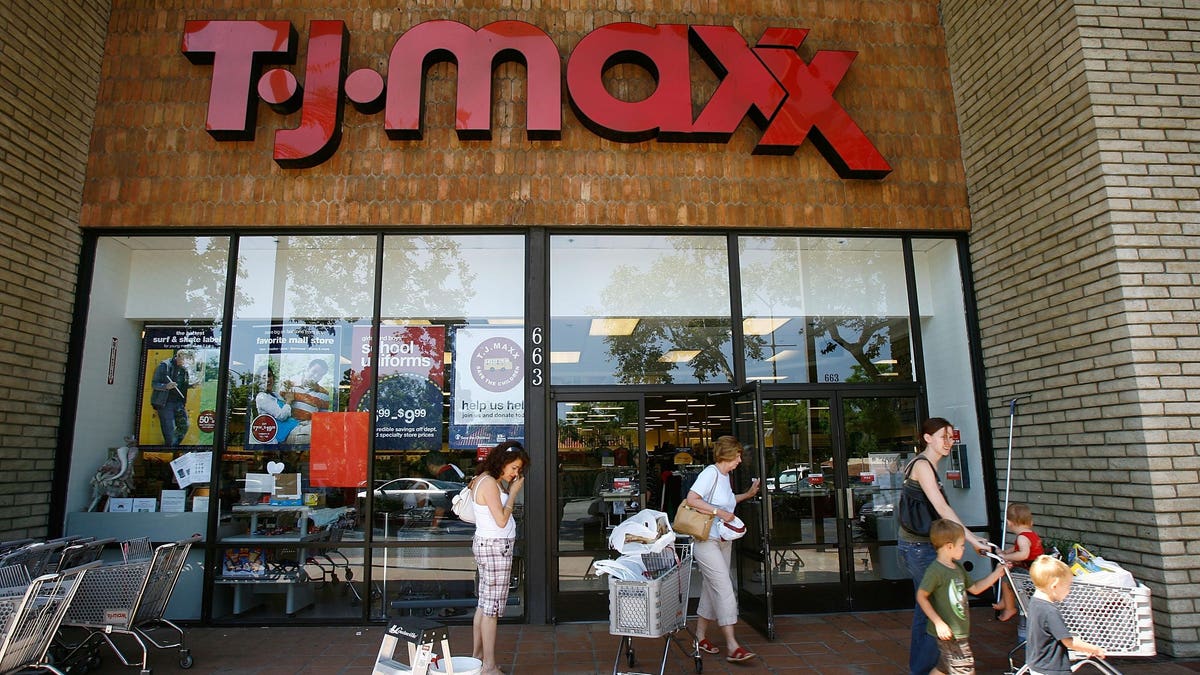Many experts and analysts expect a cooling-off of consumer spending as we head into fall, one of the biggest retail selling seasons. The Fed has been attempting to moderate consumer spending with interest rate hikes since March of 2022 to help curb inflation. However, there is a lagging effect from the rate hikes on the economy, which research suggests could take at least a year to be seen. “There may be a significant further drag in the pipeline,” said Jerome Powell, Chair of the U.S. Federal Reserve. It is still unclear what effects the rising interest rates will have on the broader economy.
Interest rates continue to climb
Further Interest rate hikes are still under consideration by the Fed, which looks at many economic indicators when making its decisions, including inflation, economic growth, and the state of the labor market. “Although inflation has moved down from its peak, a welcome development, it remains too high,” Powell said at the Annual Economic Symposium. “We are prepared to raise rates further if appropriate and intend to hold policy at a restrictive level until we are confident that inflation is moving sustainably down toward our objective.”
As interest rates have impacted mortgages and credit card purchases, consumers feel more strapped to pay for non-discretionary items. The Consumer Price Index rose 3.2% for the 12 months ending July 2023. The drop in energy pricing of 12% for gasoline and oil had a significant impact on driving down the overall price index. The index for all items except food and energy rose 4.7% over the past 12 months.
Price increases impacting how consumers spend
Price increases are having a significant impact on U.S. consumers in the non-discretionary categories. Groceries are up 4.9%, electricity is up 3.0%, and shelter (which includes rent for primary residence and owners equivalent to rents) is up 7.7%. The shelter index accounted for over two-thirds of the total increase in all items, less food and energy.
Consumers are looking to save money by being conscientious about discretionary spending and looking for more store brands instead of higher-priced national brands. Customers are turning to credit cards to help pay for essentials, sending purchase balances up for the second quarter of this year. Credit card debt for the second quarter of 2023 increased by $45 billion over the previous quarter (a 4.6% increase), reaching an all-time high of $1.03 trillion.
Discount gains traction as department and apparel stores continue to flutter
Consumers turn to discount stores and off-price retailers to optimize their discretionary spending. Walmart’s
WMT
JWN
GPS
Headwinds for the second half of the year
The anticipated pandemic savings depletion and student loan repayments will further challenge consumer spending. As of June, the estimate is that American households held less than $190 billion in aggregate excess savings from the pandemic, according to the Federal Reserve Bank of San Francisco. The savings peak came in August 2021 at $2.1 trillion, but Americans have been nibbling away at their savings, which are anticipated to be gone by September 2023.
In October, student loan repayments begin for many young Americans, taking away about $10 billion from monthly discretionary spending. Less discretionary money in the pockets of young adults and depleted savings for many U.S. consumers will be problematic for retailers, especially in the fashion sectors, as the holiday shopping season begins.
Holiday spending will be impacted
The rising interest rates, higher prices in non-discretionary spending categories, depleted savings, and student loan repayments will make the holiday season and second half of 2023 challenging for some retailers and set the tone for 2024.
Read the full article here





